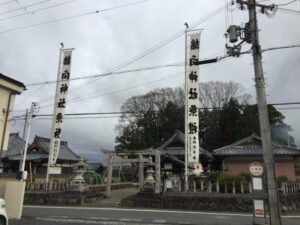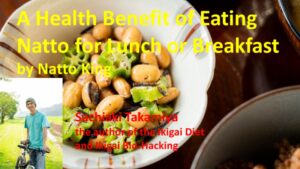Kaoru Mitoma, who assisted the controversial wining goal against Spain, Practices the Ichiju Sansai Diet
Get the Japanese Superfood List
I harvested Taros on the weekend. These ones are called Satoimo.
Along with sweet potatoes, Satoimos are popular Imo in Japan, and they are part of Ma Go Wa Ya Sa Shi I, Japanese dietary guidelines to find diverse fiber-rich ingredients.
Ichiju Sansai is another Japanese dietary guideline that I introduced in my book The Ikigai Diet: The Secret Japanese Diet to Health and Longevity, and I would like to talk about it today since Kaoru Mitoma, a Japanese soccer player practices it, as well.
People in Japan are all excited about Japan going to the tournament in World Cup, beating both Germany and Spain. Both games were miracles for us, and there is one significant player who contributed to the winnings in both games. His name is Kaoru Mitoma, who is in the spotlight because of that controversial goal.
He was in the spotlight throughout the games because Keisuke Honda, the main analyst on TV broadcasting, repeatedly commented on Mitoma’s plays and how he was the key player for the Japanese team.
I thought Mitoma played wonderfully, too.
I didn’t know about Mitoma before the World Cup, and I was surprised to hear that he played for Brighton & Hove Albion. I used to live in Brighton, well, Hove, actually. I first lived in Brighton and then moved to Hove near the seafront. Yet, since two towns are like one area, I felt I had always lived in Brighton.
Brighton is the place where many of my values were founded, and in that sense, the Ikigai Diet and Ikigai Bio-Hacking wouldn’t have been born without the experiences in Brighton. Imagining Mitoma walking around the streets of Brighton, I feel a special connection to him.
So I did some research on him and found out that he has a particular diet. He has a nutrition manager and is careful about the nutritional balance. His diet seems to be secret, according to the nutrition manager, but she showed one example, which was in the form of Ichiju Sansai.
https://number.bunshun.jp/articles/photo/852681?pn=4
Ichiju Sansai means One Soup and Three Dishes, it is a typical Washoku menu consisting of a bowl of rice, a bowl of miso soup, a small plate of pickles, and three side dishes. It is very nutritionally balanced, covering protein, carbs, vitamins and minerals.
It contains many ingredients from Ma Go Wa Ya Sa Shi I, too.
Diversity is the keyword here. You are not eliminating one type of nutrient but covering all, including a wide variety of ingredients. If you have one big plate, you have a tendency to have a limited number of ingredients, but by having three to five small plates, you get to have a little bit of different dishes.
Yes, Ichiju Sansai can have four dishes or five dishes, too. Three dishes is the basic, but you can add more if you like and we can call them Ichiju Yonsai, One Soup Four Dishes, or Ichiju Gosai, One Soup Five Dishes.
To learn more about Ichiju Sansai, please read The Ikigai Diet: The Secret Japanese Diet to Health and Longevity.

